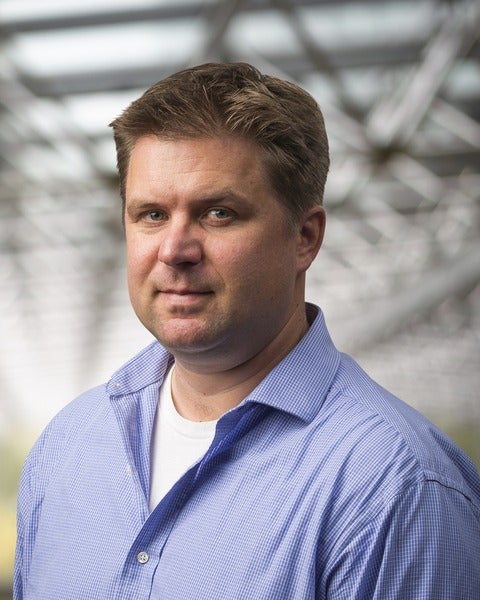News
Filter by:
Building a better clock
The best clocks in the world can keep time so accurately that they only lose a second in millions or even billions of years. Yet researchers are still fervently pursuing even better clocks.
Construire une meilleure horloge
Les meilleures horloges au monde arrivent à tenir le temps avec une précision telle qu’elles ne s’écartent que d’une seconde sur des millions ou même des milliards d’années. Pourtant, des chercheurs souhaitent ardemment réaliser des horloges encore meilleures.
A new carbon nanotube-based filter for quantum computing applications
A new article introduces a compact, high-performance lossy transmission line filter based on carbon nanotubes that successfullly improve coherence times of superconducting qubit.
Un nouveau filtre à base de nanotubes de carbone pour des applications de calcul quantique
Un article récemment publié présente un filtre compact et à haut rendement, à base de nanotubes de carbone (CNT), pour ligne de transmission avec pertes, qui augmente avec succès la durée de cohérence d’un qubit supraconducteur.
Benchmarking scalability and performance of quantum computers
Researchers at the Institute for Quantum Computing (IQC) have demonstrated a new method, called cycle benchmarking, to assess scalability and compare capabilities of different quantum computer platforms.
Évaluation de l’extensibilité et des performances d’ordinateurs quantiques
Des chercheurs de l’Institut d’informatique quantique (IQC) viennent de faire la démonstration d’une nouvelle méthode, dite d’étalonnage cyclique, pour évaluer l’extensibilité et comparer les capacités de divers ordinateurs quantiques.
Ces travaux ouvrent la voie vers l’établissement de normes de performance d’ordinateurs quantiques et contribuent aux efforts déployés à l’échelle mondiale pour construire un ordinateur quantique exploitable de grande taille.
A twist and a spin: harnessing two quantum properties transforms a neutron beam into a powerful probe of material structure
By cleverly manipulating two properties of a neutron beam, NIST scientists and their collaborators have created a powerful probe of materials that have complex and twisted magnetic structures.
Torsion et spin : l’exploitation de 2 propriétés quantiques transforme un faisceau de neutrons en une puissante sonde de la structure de matériaux
En manipulant de manière astucieuse 2 propriétés d’un faisceau de neutrons, des scientifiques du NIST et leurs collaborateurs viennent de créer une puissante sonde de matériaux ayant une structure magnétique complexe et torsadée.
Three C&O professors are awarded NSERC Discovery Accelerator Supplements
Additional resources help enable researchers to capitalize on a research opportunity or a bold idea.
